You ever get that weird satisfaction from finding a $5 bill in an old pair of jeans? Well, imagine that—but it’s $30, and it’s from a tech company that low-key sold your data while pretending to protect it. Yep, this is one of those moments where the internet messes around, gets caught, and now you get paid. No receipts, no lawyer, no ten-step side hustle—just a few clicks and a digital pat on the back for surviving the Wild West of online privacy.
This time, it’s Avast in the hot seat. The antivirus you maybe downloaded back in 2016 to stop your computer from sounding like a jet engine? Turns out, it might’ve also been tracking your every click. A $16.5 million privacy settlement is now live, and today is your final shot to grab your piece. Think of it like a little apology for letting capitalism peek at your browser history. So pause that TikTok scroll, grab your old email address, and let’s claim some justice (and cash) before the clock runs out.
1. Settlement Overview

Avast agreed to pony up a whopping $16.5 million to settle FTC claims that it misled users about how it handled browsing data. Per Bloomberg Law, that number isn’t chump change, and it means there’s actual money potentially headed your way if you ever clicked “Install” on Avast between August 2014 and January 2020. This settlement arose because Avast’s subsidiary, Jumpshot, allegedly sold user browsing info to more than 100 third parties without proper notice or opt-in consent, turning private clicks into cold, hard cash for advertisers. So if you were thinking “It’s free antivirus, what could go wrong?”—well, surprise, sometimes “free” comes at the cost of your data.
The FTC’s order also bans Avast from ever again selling or licensing any browsing data for advertising purposes, which is kind of like telling your nosy neighbor to get a life — except it’s a federal ban. It’s a win, at least on paper, for digital privacy advocates who’ve been rolling their eyes at antivirus companies proclaiming “Privacy first!” while quietly monetizing your search history. The reason we spotlight this is simple: understanding the financial stakes underscores why millions of people should care enough to check eligibility. Plus, seeing a seven-figure figure makes you perk up: “Hello? Is that $16.5 million I hear? I’d like a share!” If you bought Avast’s software and haven’t ignored your email from late February, you might already have a claim number — and now it’s just a question of claiming what’s yours.
2. Eligibility Criteria
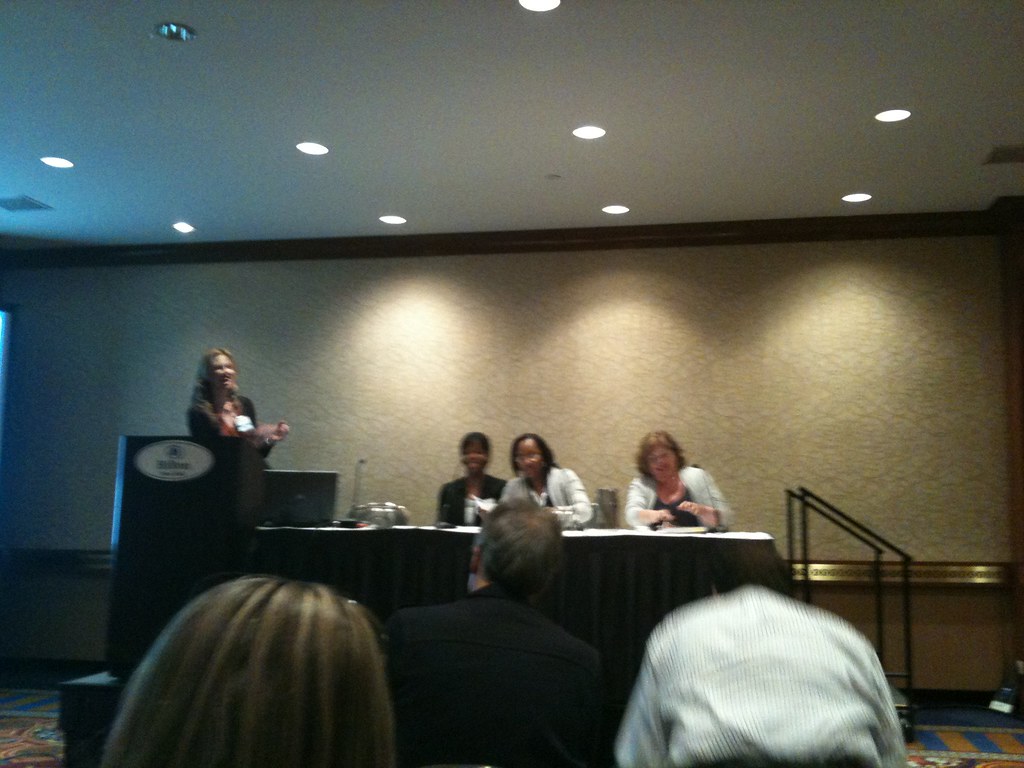
So, how do you know if you’re any of the lucky 3.69 million folks the FTC is emailing claim numbers to? As reported by The Sun, you’re in the running if you purchased or renewed Avast’s antivirus software sometime between August 2014 and January 2020. That period covers Avast’s peak years as a scrappy, freemium security darling, but it also encompasses the shady era in which browsing data was allegedly siphoned off. No, it’s not a golden ticket to Willy Wonka’s factory, but hey, $16.5 million divided by millions of people is still something. The FTC isn’t playing around, so if you got hit with an email starting February 24, 2025, keep scrolling and find that claim number—it’s like a backstage pass to a cash party. If you’re thinking, “Wait, I think my mom’s old laptop had Avast, does that count?” — yes, but only if you set it up with your own email address and you have proof of purchase.
You’ll likely need a claim number and maybe proof of purchase (just a screenshot of your confirmation email counts), so dig through your inbox or that shoebox of receipts on your desk. The reason we’re calling out eligibility is that beyond the sedentary couch-dwelling, let’s-be-honest Netflix-binge crowd, there are gamers, bloggers, and remote-workers who might be owed a few bucks and don’t even know it. So, double-check those spam folders, your “Promotions” tab, and maybe even your mom’s email if you’re reusing it for accounts (been there, done that). Don’t let your data slip through the cracks like that one sock in the dryer.
3. Claim Deadline

Tick-tock, fam — the deadline to file a claim is June 5, 2025, and yes, that date is non-negotiable. According to the Federal Trade Commission, you must submit your claim form by end of day on June 5 to be in the running for a slice of that $16.5 million pie. Think of it as one of those limited-time flash sales where you really don’t want to miss out because you’ll be crying in your ramen when everyone else is cashing checks. You can file online at www.avastsettlement.com/file-a-claim; it takes roughly five minutes if you have your claim number handy. If you snooze and forget, you literally lose — no “Arrive late? Here’s half your payout” flexibility.
The FTC emphasizes that you don’t need to pay anyone to help you file a claim—no legit admin will ever ask for a processing fee—so beware of scammers sliding into your DMs. If you run into trouble or can’t find your claim number, there’s a dedicated refund administrator who answers at 1-866-290-0165 (yes, actual humans, not robocalls). We’re highlighting the deadline so that even if you’re “Oh, I’ll get to it later,” you’ll scramble at the last minute, powered by that FOMO-fueled adrenaline. Also, knowing the deadline is the reason you don’t wanna binge that entire series and forget this entirely — because Netflix waits for no one, but neither does June 5.
4. Data Misconduct
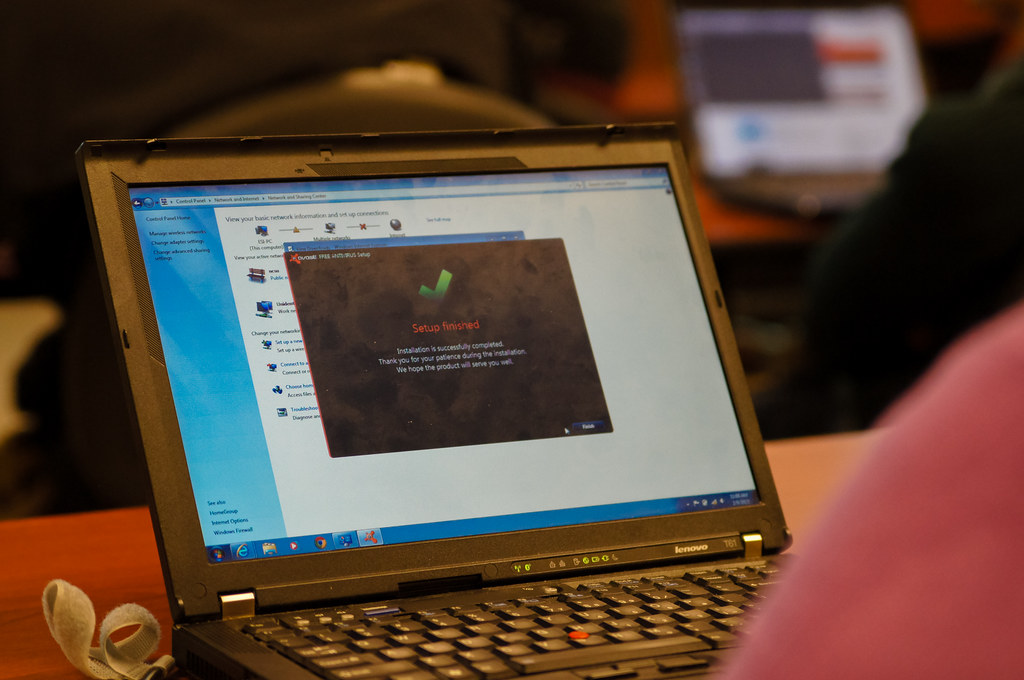
Brace yourself: Avast’s subsidiary, Jumpshot, allegedly turned your privacy inside out by collecting browsing histories and selling them to over 100 third parties without telling you. As noted in Top Class Actions, this wasn’t some hypothetical rumor—it’s documented in the FTC’s complaint. You’d think antivirus software’s whole job is to keep you safe, not auction off your clicks like a vintage baseball card, right? Apparently, Jumpshot tracked everything from your search terms to your YouTube binges and sold that de-anonymized-ish data to advertisers, data brokers, and—let’s be real—any other shady entity willing to pay top dollar. The FTC alleges this exposed sensitive details about your political beliefs, health concerns, and even your bank balance, if you Googled something like “best zero-down mortgage.”
The reason we’re pointing out this digital betrayal is that it illustrates why you deserve compensation: tracking users under the guise of “privacy protection” is like a dog walker selling your pooch’s location to a pack of wolves. Avast did shut down Jumpshot in January 2020, so yay for that, but the damage was already done for years. Understanding the misconduct is crucial because it shows why regulatory bodies aren’t messing around with data privacy these days. So next time someone tells you “nothing to hide,” remember, it’s the principle, not just the potential payout. topclassactions.com
5. Payment Distribution
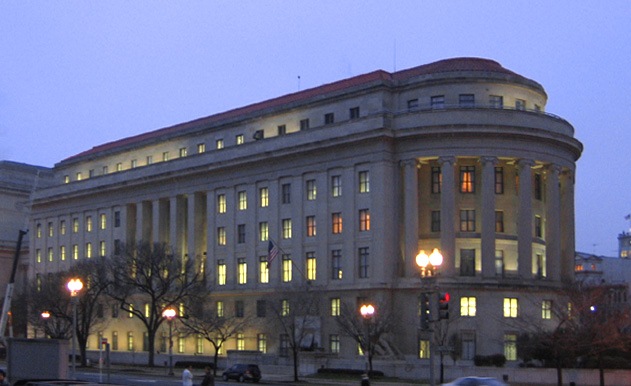
Okay, let’s talk about the money: if you file a valid claim, you can expect a check—or maybe a PayPal or Zelle deposit—in 2026, but how big that check is depends on, well, literally everyone else filing a claim. As explained by ClassAction.org, individual payouts are TBD and will fluctuate based on the number of valid claims and the total fund size. So if a million people file, your chunk of that $16.5 million is teensy; if only a few hundred thousand file, you might get a bit more pocket money for latte runs. This settlement setup is like pooling your cash to buy pizza—if 10 people show up, there’s more pizza per person; if 50 show up, you might only get a single slice. Payments are estimated to be mailed out in 2026, so don’t go planning a mid-2025 beach vacay on that money, but do sleep better knowing it’s coming. The FTC’s admin site warns there’s no specific “exclusion” process—just file or forfeit, and no one can opt out for a bigger cut. We flag payment distribution because you need to manage expectations: this isn’t an instant Venmo transfer; it’s more like waiting for that slow-mo group text of “Hey, we split the bill, here’s your share.” Money’s coming, but it’s about as predictable as your favorite indie band dropping their next cryptic album—exciting, but you gotta wait. And the reason it’s included here is simple: knowing how and when you’ll get paid is just as important as knowing you’ll get something.
6. Notice Methods
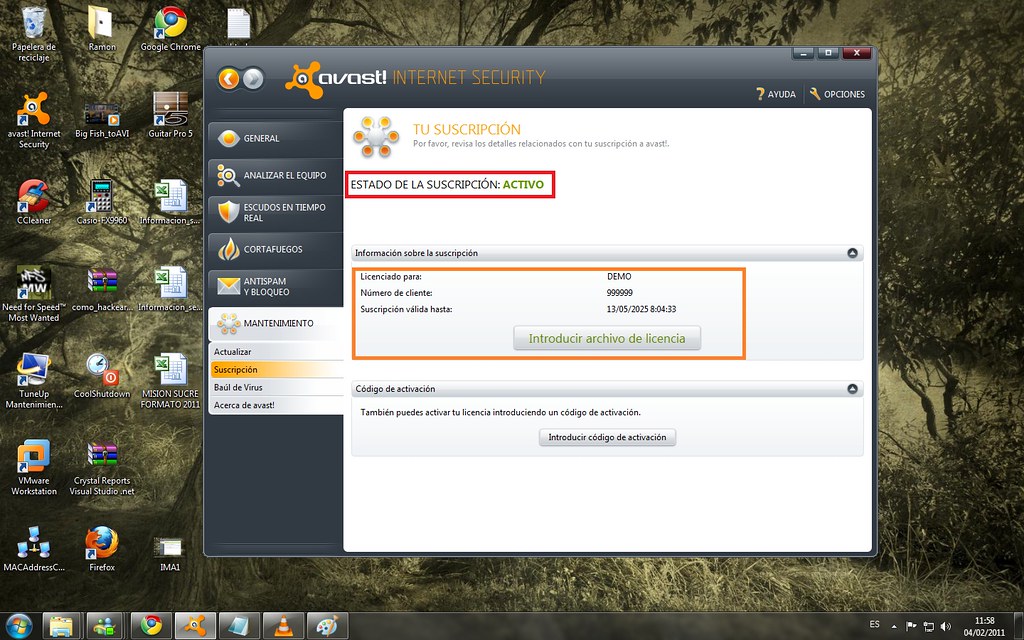
Remember that time you ignored a mountain of legal jargon and just clicked “I Agree”? Well, in this case, notice isn’t buried under some cookie policy—Avast is required to send emails to everyone with a valid purchase record, publish notices online, and even run ads in tech-centric outlets so you have zero excuse to miss it. You might see notices on Avast’s website, in consumer protection blogs, and even shared on your favorite tech Reddit thread by that savvy mod who loves a good privacy scandal. These notices spell out your rights, the money involved, and how to file a claim.
The settlement administrator also mailed postcard reminders to known addresses associated with purchase records—yes, they literally put pen to postcard because old-school sometimes works best. If you skipped over the email because “mailing lists, am I right?” now you know there was a back-up. Notifications are your secret weapon to getting paid, so don’t ghost them. Think of it as RSVPing to a party where everyone gets a slice of cake, and you don’t want to miss out because you forgot to reply. These outreach methods ensure that even if you’re “bad at emails,” you’ve probably seen at least one reminder. The point here is simple: multiple notice channels exist so you have every opportunity to opt-in, which you will want to do if you care about data privacy and free money.
7. Claim Value Estimate

No crystal ball here, but you can get a rough idea of your payout range based on preliminary estimates: if 3.69 million people all file claims, you’re looking at about a $4–$5 refund, but if fewer people show up, that number could tick up to $10–$15. This isn’t a windfall that’ll buy you a Teslathon, but hey, it might cover your next weekend brunch or at least a month of Spotify Premium. The settlement administrators have to deduct legal fees, administrative costs, and taxes before dividing the remaining pot among claimants, so keep your expectations grounded.
If expenses eat up, say, 30 percent of the $16.5 million, then the pie for everyone shrinks, but at least the settlement exists. If a quarter of eligible users bail on filing, your share increases—math was never this thrilling in high school. And if duplicate claims pop up or get thrown out because of incomplete info, that also impacts the final per-person figure. No one’s seeing a social media flex saying “Just got $20 from Avast!” but the point is, something beats nothing. The key reason for including this is to manage expectations so you don’t log in to file a claim hoping for a summer vacay budget. It’s a group split, not an individual jackpot. So assume roughly enough to buy yourself a guilt-free Netflix binge or a fancy latte habit for a week.
8. Exclusion Rights
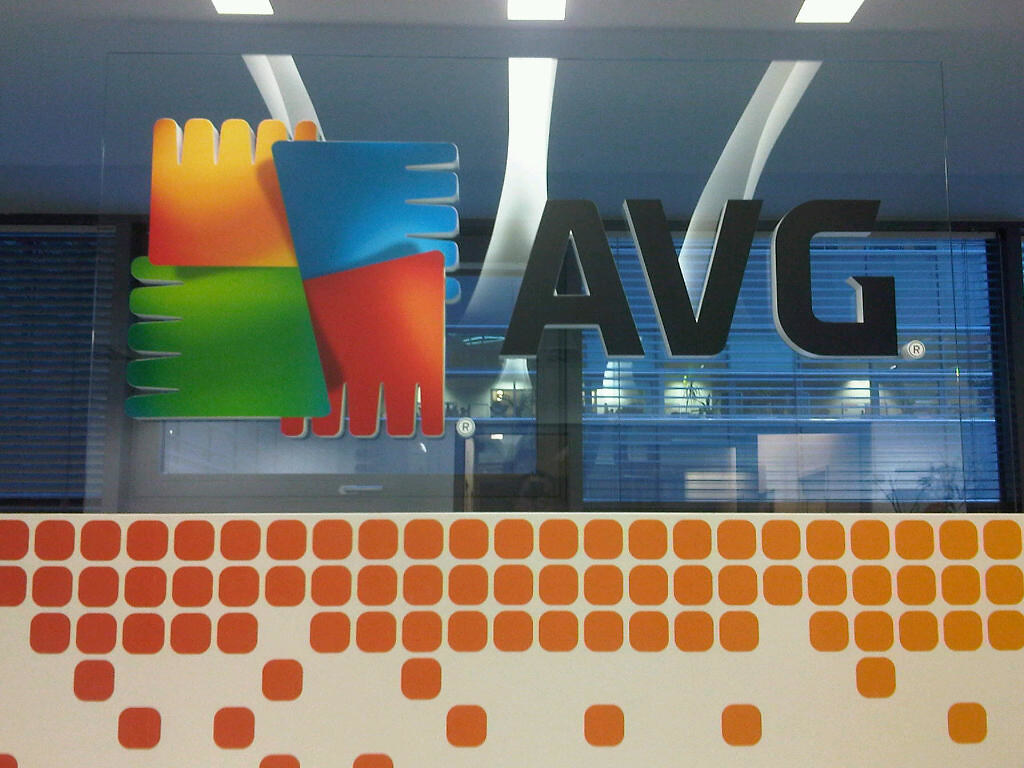
Did you assume “set it, forget it” meant automatic inclusion? Think again. If, for some wild reason, you want to sue Avast separately or you’re part of another lawsuit and don’t want this settlement to mess with it, you need to file an exclusion request by the deadline (same June 5, 2025 date). Choosing to exclude yourself means you won’t get any money from this settlement but preserves your right to chase Avast through the courts on your own.
It’s kind of like saying “No thanks, I’ll fight my own battles”—which sounds empowering until you realize legal fees can outpace any individual recovery. The window to request exclusion is narrow, and you have to put it in writing—no “Oh, I meant to exclude myself” emails accepted. If you miss the exclusion deadline, you’re stuck with this settlement whether you love it or hate it. This is included because people need to know they have options beyond just filing or walking away. If you’re the rare soul who thinks you can net more than a few bucks by going solo, feel free to take your shot. But if you’re not that litigious type, just file the claim and chill. Exclusions are for folks who want to keep that door open, even if it’s a pretty expensive door to kick down.
9. Objections and Hearing
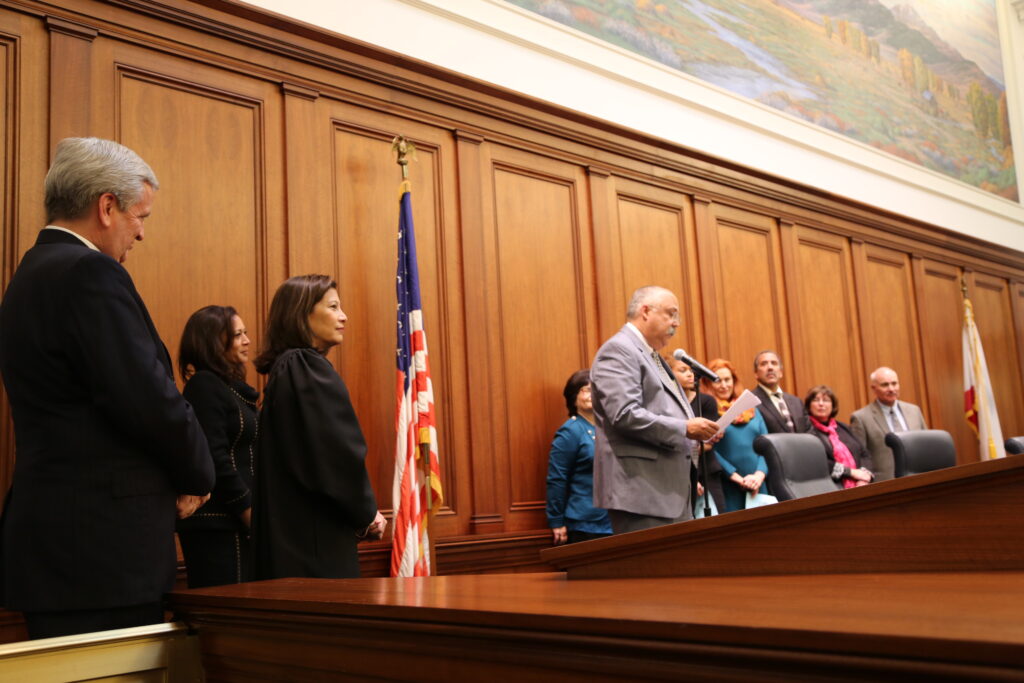
Say you’re feeling dramatic and want to challenge this settlement in court—maybe you think $16.5 million is pocket change for a data company, or maybe you think this is all a sham to keep Avast out of hot water. You have until April 18, 2025 to file a written objection or tell the judge why you think the settlement is unfair. Yes, there’s a formal hearing scheduled for May 15, 2025 where a judge will consider any objections before giving final approval to the deal. If you’re imagining a blockbuster courtroom showdown? Sorry to disappoint—most objections go nowhere, but you can still petition and have your 15 minutes of toy gavel action.
Filing an objection involves stating your name, reasons, and if you prefer to speak at the hearing. It’s like submitting a complaint to a neighborhood association, but with more legalese and probably zero free wine. The reason we’re flagging this is so you know that, should you feel passionately that Avast deserves a more severe comeuppance, there’s an avenue, however slim. But fair warning: if you object, don’t expect to get any cash until the dust settles, which can stretch into 2027 or beyond. So unless you’re ready for a long haul, maybe just grab your share and call it a day.
10. What If You Don’t Claim

If you snooze on this and miss the June 5, 2025 deadline, poof—your right to money disappears faster than your favorite snack from the grocery store. You’ll have waived any rights to participate, and Avast won’t hold any leftover funds to hand out to latecomers—they get recycled into, well, nobody’s wallet. Think of it like skipping a free sample at Costco and then realizing that grape-juice shot was the highlight of your week. Not filing means you also forfeit any opportunity to challenge or object, so you’re officially out of the party and can’t heckle from the sidelines. If you’re a data privacy stickler, you might still celebrate that this lawsuit prompted better industry standards, but you won’t see a dime.
Some people will think, “Eh, it’s just a few bucks,” but those bucks turn into free streaming subscriptions, burrito nights, or just extra cash to stash away. The bigger reason we mention no-claim consequences is to spark a FOMO moment, because procrastination is cool until it costs you money. And no, there’s no “extend the deadline” option because everyone had ample notice. Essentially, non-filers walk away empty-handed while their online-obsessed peers turn that spreadsheet of claim numbers into real dough.
11. How to Check Claim Status

Alright, so you hit “Submit” on your claim form—now what? You can check your claim status at any time on the settlement website using your claim number and email, so you’re not left guessing if you’re in or out. The portal will show whether your claim is pending review, approved, or denied, and if denied, sometimes there’s a quick note like “Missing purchase proof.” If you want that sweet closure, hit up the “Check Status” tab, punch in your details, and bask in the glow of a pending payout. If it says “Approved,” you’re part of the cool kids’ club, waiting for that 2026 money drop. If it’s “Requires Additional Info,” you have a short window to upload documentation—look for a screenshot of your original order confirmation or even a credit card statement from the purchase period.
Don’t ignore this status because if you miss a follow-up window, your claim could be tossed faster than last season’s fashion trends. The reason we point out the status-check option is that transparency is key—you deserve to know if you’re on the list or stuck in limbo. And if the portal’s down (because, tech glitches happen), there’s a hotline you can call—no, you don’t have to chant “Automated systems, you suck” in frustration. Just have patience, check back later, and remember: “Approved” means a payout, “Denied” means figure out why, and “Pending” means chill for now.
12. Scammers and Safety

Now that everyone’s eyeballs are on this settlement, shady scammers will slither in like those density-based clustering algorithms calling themselves “support” to snag your banking info. If someone’s promising to “expedite” your payout for a fee or demanding your Social Security Number via Instagram DM, red flag frenzy. Avast and the FTC will never call you asking for bank account passwords, Venmo details, or Bitcoin addresses; they’ll only want your claim number and maybe proof of purchase—no sketchy payment info. If you get a text from an unknown number saying “Your Avast refund is stuck—click here,” block it faster than you’ll block your ex on social media. A legit notice will come from a .gov or official Avast domain, so double-check the URL before you even think of typing in your email. We’re including this because settling means more attention, and where attention goes, scams follow. Remember to use strong passwords, enable two-factor authentication on your email, and only navigate to the settlement portal through official links.
If you suspect foul play, contact the refund administrator to verify any suspicious claim or message. Share this with your group chat so your friends don’t end up giving their bank details to some random spam-bot pretending to be “Avast Support Team.” Stay vigilant, because here’s the clincher: there’s nothing to lose by being cautious, but plenty to lose if you’re not.
This article is for informational purposes only and should not be construed as financial advice. Consult a financial professional before making investment or other financial decisions. The author and publisher make no warranties of any kind.







